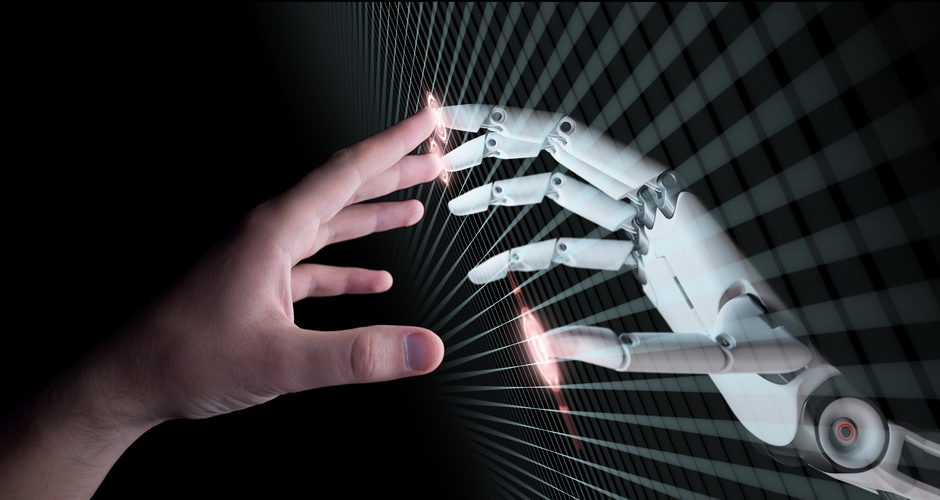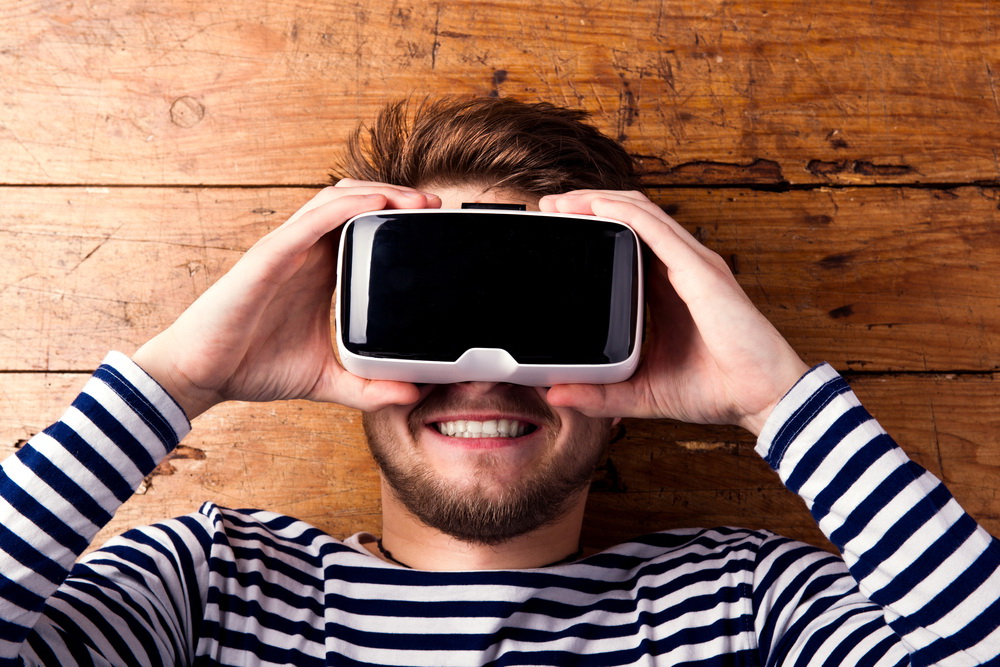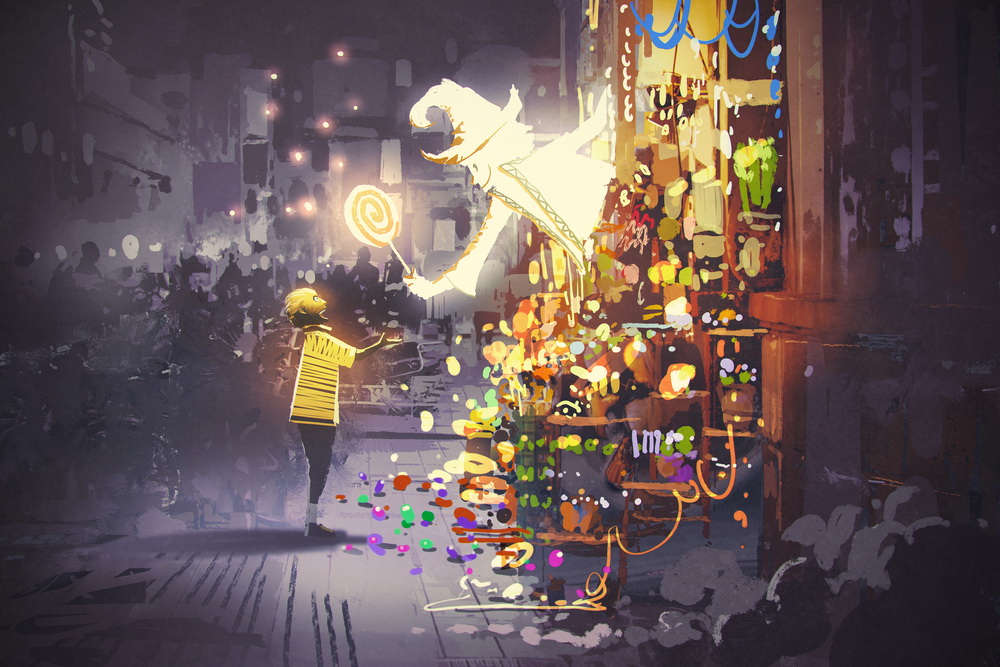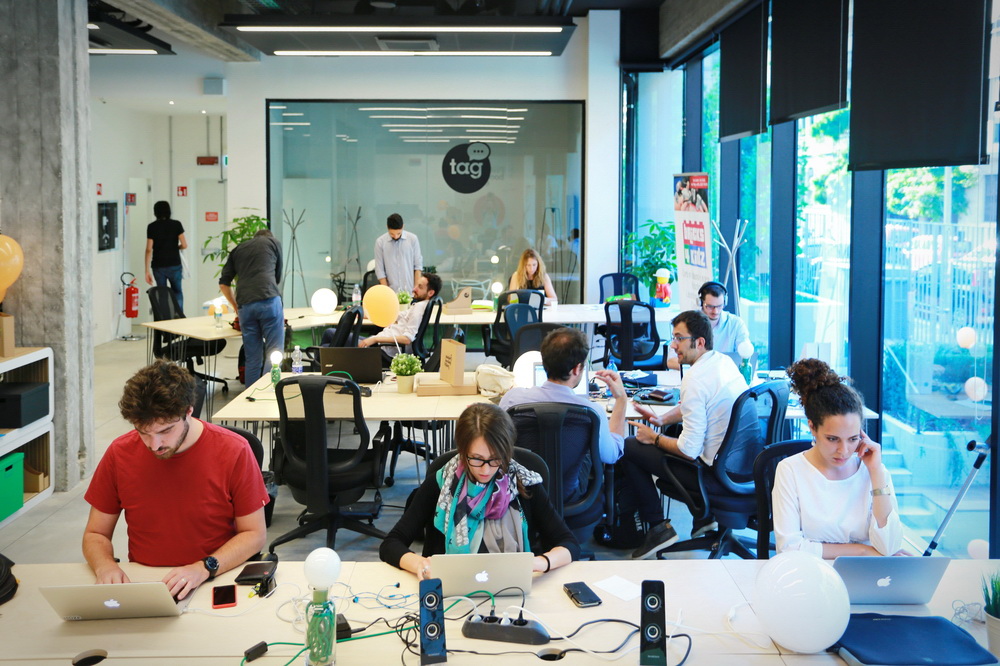How I learned how to avoid all humans with Sabre’s Frank Trampert
Contributors are not employed, compensated or governed by TD, opinions and statements are from the contributor directly
Earlier this year Sabre released their predictions for the travel trends which they believed would appear and gain traction through 2019 and beyond. Dubbed ‘Avoid all Humans’ the report outlined how technology can and will be used in the travel industry, and the world as a whole.
Being the cynical old Luddite that I am, I zoned on these predictions faster than you can say, “not on my watch mate”, and fired off an interview request to Sabre, who, damn them, agreed to set up a meeting with their hospitality solutions’ managing director & chief commercial officer, Frank Trampert.
I wasn’t prepared for the soft, but systematic dismantling of all my fears and worries about the future of human interaction, workspaces and, what I saw as, the threat of personalisation, which the hotelier turned jet-setting tech executive, provided. So much so, I have now completely flipped and can’t wait to enter into this exciting future. Dear lord, what have I become? All hail our robot overlords.
Check out the video of my interview with Frank above, or if you prefer things the old fashioned way, you can read the transcript below!
Avoiding humans

The six different topics within the framework or the six major topics sort of that we identified one of them is a quite controversial avoiding humans and that’s a funny thing right because in hospitality you want humans all around because you like that personal interactions.
A great example would be Marriott’s partnership with Alibaba in China. You know check-in time takes a long time? Marriott and Alibaba introduced facial recognition to shortcut that check-in experience. It was three minutes and it’s now one minute. And by doing so and they have greatly improved customer satisfaction
Avoiding humans is not about not having humans not interacting with customer anymore, it is about adding clever technology to make that experience better.
Virtual companions

The second trend is about virtual companions. What brands are doing, now compared with the old day and the interactions were very robotic – now, they have put personalities onto these little chat box
Air New Zealand has developed a little guy called Oscar and that dude is interacting with the customers. At the beginning, interactions were very low with just 7% of questions being answered through those conversations and now it’s up to 75%.
Before you needed many people to answer those questions you can now redirect that labour to something else and enrich your customer experience in different ways. You can use technology to speed up the process and really enrich the customer experience.
Assisted development

Another one of the trends that we identified was assisted development, where we talk about artificial intelligence and virtual reality. There are multiple applications brands have started to us, and we are too.
You want to go to the Maldives? You can go to the sales guys and they have virtual reality goggles where you can actually see the Maldives hotels, have a look around and make a booking –impacting the customers buying decision and making it a great experience.
There is a company called Handy it’s this little mobile device. Now you might travel but if don’t have a global mobile data plan you can use the phone to walk through town and orientate yourself [to your new location] Handy has recently started to partner with Softbank to introduce virtual reality codes in hotel rooms to actually do exactly that [orientate yourself].
You might have a specific site you want to see, for example, the Wat Saket temple in Bangkok. You want to check it out? Just pop on your goggles, take a look and off you go.
Breaking bricks

Another one of the trends, again we have always funny tag lines, is Breaking Bricks The traditional bricks-and-mortar businesses in the industry are the agencies who handle travel have moved into the online space.
E-commerce has become a very strong force for people to find and transact travel. Amazon Prime, as an example, is utilizing all this data intelligence to now bring parcels back to your house, they even have a camera so when you open the door the parcel is placed there [where you want it]. In the old days, you had to go to the post office or wait until somebody brought it to your house.
For the consumer, it is the easiness of transacting on the fly, You may not want to go to the shop [for your purchases] How this applies to the travel industry is interesting; we’re thinking a lot about how to enrich our booking engine experience, our e-commerce experience and can we influence this beyond simple room bookings.
Hotels have a lot to sell, coffee mugs etc., little things like that. You will see another level and another trend and another difference in how companies will be able to respond to that kind of demand and really provide merchandise beyond just the room product itself.
Magic point-of-sale

This magic point-of-sale is really all about understanding data. In the old days, it was really hard you know to do data analysis. We had all these manual databases that we had to merge, but today technology enables us to understand the purchasing behaviour as we have an online environment where people can transact.
Now we can monitor where people are coming from what are they looking at and we can now mine this data and we can apply artificial intelligence and machine learning to this data and provide highly relevant customised experiences
So the magic point-of-sale is now being enriched by the intelligence of the behaviour of the customer itself. So it’s a longer guesswork t so you know exactly what this person is doing, we don’t know you individually, but when this type of customer comes in you see these patterns [of behaviour] And Sabre can provide that level of personalisation.
The new labour

Another point I want to talk about is the situation of the new labour. This is an interesting one and also dear to my heart. I worked for a company in the past who today has co-working spaces one of our clients Shangri-La, is also using co-working spaces. We also have, in Japan, again very innovative M Millennial Hotels has two floors where they introduced co-working spaces and that it’s a capsule hotel, so the application of thinking very differently about your business and the way how you maybe bring outside parties into your hotel to attract more visitors who think “Oh wow! I didn’t know about this hotel, maybe I can ask my friend to give a recommendation and maybe I can stay here.”
So the aspect of opening up and asking other parties to come in to share a social space from a working perspective is, I think, a very clever way to attract more customers.
There is nothing you can do to prevent the evolution in the innovation and you have to participate because otherwise, you will lose out and in context of what you’re saying like being isolated nor having no humans around you I feel that technology is actually enabled to bring people together


Comments are closed.